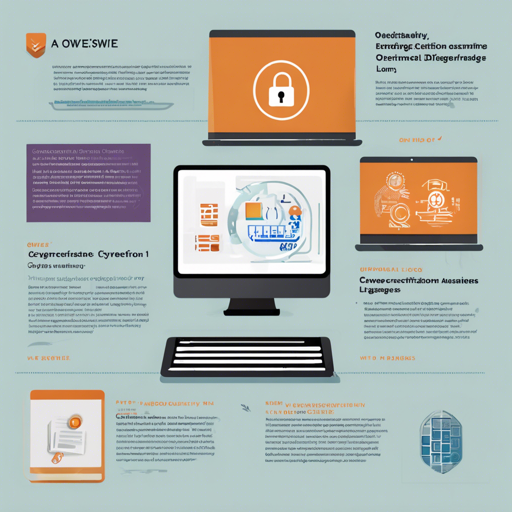The Offensive Security Web Expert (OSWE) certification is a coveted credential for penetration testers focusing on web applications. One of the best preparation strategies is utilizing resources from the Advanced Web Attacks and Exploitation (AWAE) course. In this blog, we will explore how to effectively get ready for OSWE using various techniques and methodologies, supported by Hack The Box machines. Let’s dive in!
Getting Started with AWAE and OSWE
The NetSec Focus prep list provides a structured approach for OSWE preparation. It includes valuable links and resources to help you outline your study plan, ensure you cover key topics, and apply your learning effectively.
One particularly useful resource is the upgraded script for Fighter HTB that can be found here. This script accelerates your learning by allowing hands-on practice in a controlled environment.
Methods for Web Application Review
As part of your OSWE preparation, it’s crucial to understand your approach to web application review. Here’s a breakdown of key tasks to focus on:
- Browser Proxy: Use tools like Burp Suite or ZAP to monitor and manipulate web traffic.
- Track Form Data: Familiarize yourself with how data is submitted and examine ViewState properties.
- Authentication Mechanisms: Understand where and how authentication is enforced.
Discover Hidden Content
Digging deeper into web applications can uncover hidden content. Here’s a strategy to succeed:
- Attempt to access content that is restricted (e.g., admin pages, configuration files).
- Run enumeration tools like Nikto to identify potential vulnerabilities and hidden endpoints.
Testing for Debug Parameters
Debug parameters can reveal much about application behavior. Consider these points:
- Trigger hidden debug parameters and observe the responses for deviations.
- Look for anomalies in responses that could indicate parameter manipulation.
Identifying Functionality
Understanding how an application functions is crucial. Think of it this way: a detective exploring a mystery.
Just as a detective examines every clue and connection, you must:
- Investigate session management and potential recovery features.
- Analyze how data transmission occurs, searching for unusual patterns.
- Identify any channels where user data intersects with external inputs.
Mapping the Attack Surface
Next, mapping the attack surface is like creating a blueprint before executing a heist. Focus on:
- Identifying how different features or endpoints interact.
- Prioritizing vulnerabilities based on potential impact.
Testing Client-Side Controls
Look for any hidden realms within the code—think of it as solving a complex puzzle:
- Check for obfuscated code that could conceal sensitive information.
- Experiment with modifying values sent to the server and review server responses for insights.
- Attack client-side controls by submitting unexpected inputs and observing if server-side replication occurs.
Testing the Authentication Mechanism
Finally, a thorough examination of authentication mechanisms is essential. This is where the keys of access are concealed.
- Map out every entry point related to authentication such as login and account recovery.
- Scrutinize the password policy and user management processes for weaknesses.
- Conduct tests on the behavior of the system with valid usernames and invalid credentials to gauge security responses.
Troubleshooting Ideas
While preparing for the OSWE certification through the AWAE course, you might encounter challenges. Here are some troubleshooting strategies:
- Ensure your testing environment is properly configured; mismatched tools can lead to confusion.
- If you can’t access resources as expected, verify permissions and endpoint configurations.
- Seek help from online communities, and remember—for more insights, updates, or to collaborate on AI development projects, stay connected with fxis.ai.
Conclusion
At fxis.ai, we believe that such advancements are crucial for the future of AI, as they enable more comprehensive and effective solutions. Our team is continually exploring new methodologies to push the envelope in artificial intelligence, ensuring that our clients benefit from the latest technological innovations.

